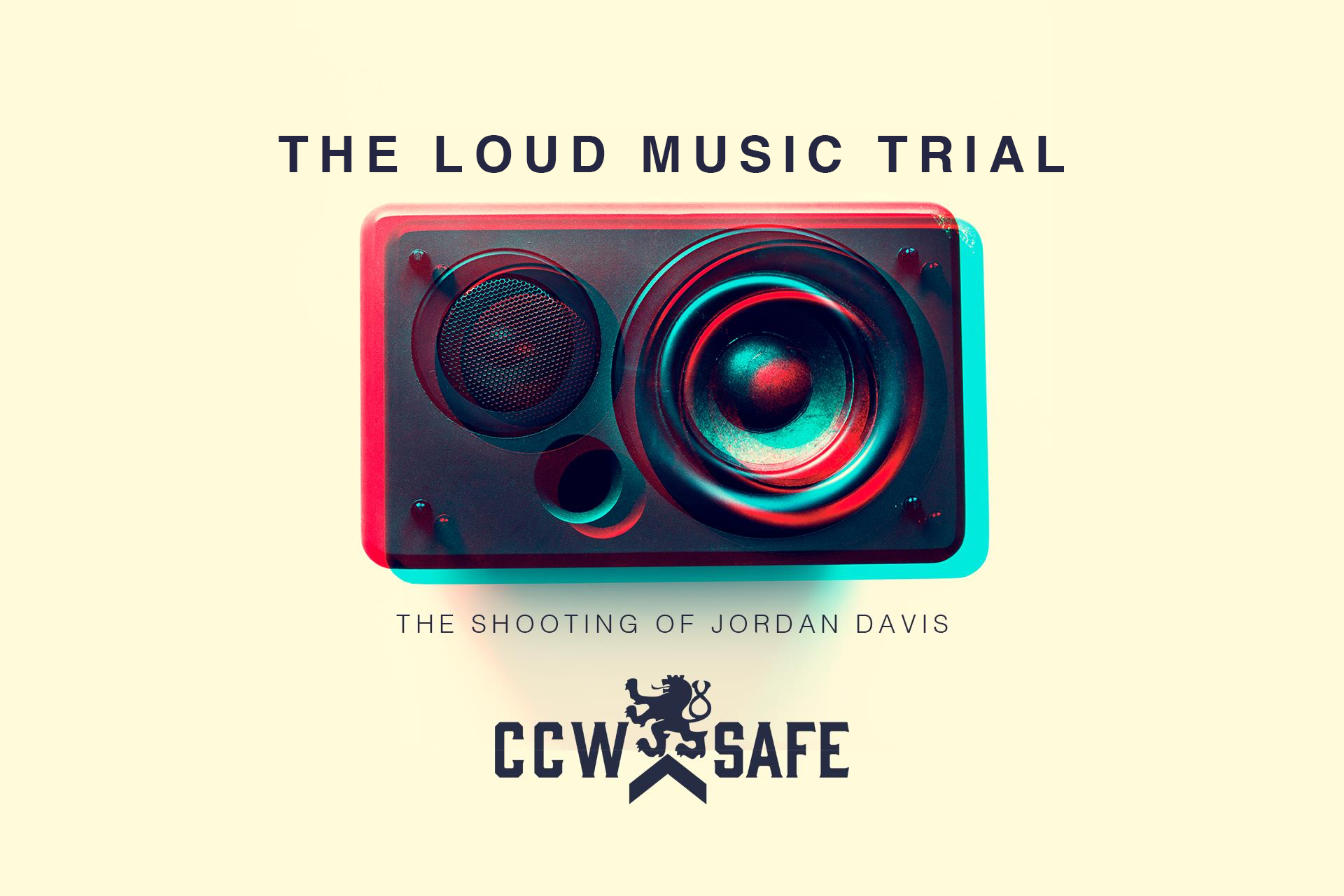
Posted on August 10, 2018
In Self Defense: “The Loud Music” Trial-The Shooting of Jordan Davis, Part 4- Reasonable Fear
The “Loud Music” Trial
The shooting of Jordan Davis
Part 4: Reasonable Fear
Michael Dunn said he called the music “rap crap.” His fiance Rhonda Rouer testified Dunn called it “thug music.” Both agreed the music coming out of the red Dodge Durango parked in front of a Jacksonville, Florida convenience store was loud. Nonetheless, Dunn chose to park in the space immediately on the passenger side of the Durango filled with four teenagers. While Rouer went inside the store to buy chips and wine, Dunn asked Tevin Thompson in the front passenger seat of the Durango to turn down the music. At first Thompson complied, but the teen in the backseat, Jordan Davis, objected. He told Thompson to turn the music up and launched into a profanity-laced tirade directed at Dunn.
Dunn claims the verbal lashing included threats: “I should kill that mother —” and “You’re dead, —.” According to Dunn, Davis reached under his seat and slammed something that looked like a shotgun barrel against the door of the SUV. Dunn says Davis opened the door saying, “This —- is going down, and started to get out of the SUV. “This is the point where my death is imminent,” Dunn said at trial.
Dunn reached for the pistol he kept in the glove compartment of his car. He unsnapped the holster and pulled out the weapon. He kept his gun without a round chambered, so he racked the pistol, aimed for the rear passenger door, and began to fire. He claims to have said, “You’re not going to kill me, you son of a bitch!” Three shots struck Jordan Davis. One proved fatal.
In contrast to Dunn’s testimony, a witness claimed Dunn said, “You’re not going to talk to me like that.” No shotgun or anything resembling a shotgun was ever found. No witness saw Davis attempt to get out of the car. Experts for the defense and prosecution offered conflicting evidence regarding whether forensics could determine if the rear passenger door was open or closed when Dunn fired.
These details were important primarily because they spoke to whether or not Dunn had a reasonable fear of imminent death or great bodily harm when he shot and killed Jordan Davis. Don West, veteran criminal defense attorney and National Trial Counsel for CCW Safe, says that for Dunn’s legal case, it didn’t necessarily matter if there actually was a shotgun or if Davis actually tried to exit the SUV. What really mattered was whether the jury believed that Dunn thought there was a shotgun, whether he thought Davis was getting out of the SUV. At the end of Dunn’s first trial, the jury deadlocked resulting in a mistrial. At least two jurors believed Dunn, and they refused to convict on the murder charge. Had there been any evidence other than Dunn’s word, there may have been an acquittal on this count.
At the point that Dunn decided to draw his weapon and use it, he had to go through a number of steps to make it ready to fire. “If he had to get it from the glove box, take it out of the holster, rack the gun, aim it and pull the trigger,” Don West asks, “how imminent did he really think the threat was?” Prosecutors argued that with each step required to ready the weapon, Dunn had time to reflect on what he was doing. They said he had made the decision to kill Davis, and was methodically going through the steps required to complete the task. In a recorded statement to police investigators, Dunn said all these actions were completed “quicker than a flash,” although he conceded he should have put his car in reverse and backed out. “It was fight or flight,” he said. “I don’t think there was any time for flight at that moment. I was going to get shot.”
There is a fine line between fear and anger, especially during a heated confrontation. In a self-defense case, reasonable fear suggests a homicide may have been justified. Anger spells murder. Dunn said he told Davis, just before firing, “You’re not going to kill me, you son of a bitch.” The statement connotes fear, with a tinge of anger. A witness, however, testified that Dunn said, “You’re not going to talk to me like that.” The statement conveys anger without fear. Assistant state attorney John Guy told the jury that “Jordan Davis disrespected Dunn, but he never threatened him.” He asked the jury to believe that Dunn shot Davis as a matter of wounded pride. While the first jury was split, a jury at a second trial rendered a swift guilty verdict, evidence they saw more anger than fear.
Don West says, “If you do anything or say anything that makes it appear as if you’re looking for trouble, people may hold you accountable for it.”
The lesson for the concealed carrier is that your words and actions during a self-defense shooting will be dissected and interpreted to see if they reveal evidence of anger or evidence fear. Passing up obvious opportunities to de-escalate speaks against fear, as does going out of your way to retrieve your weapon. Making defiant exclamations implies anger.
In every self-defense case we’ve analyzed, the shooter encountered moments when there were opportunities to assess the threat and make decisions. If they had the presence of mind to look into their hearts and be honest about whether they felt fear or anger, most of these shootings could have been avoided. As a concealed carrier, having that presence of mind is more important than having your permit.
In the next installment of “The Four Elements of Self-Defense,” we will explore how Michael Dunn’s post-incident actions impacted his legal defense.